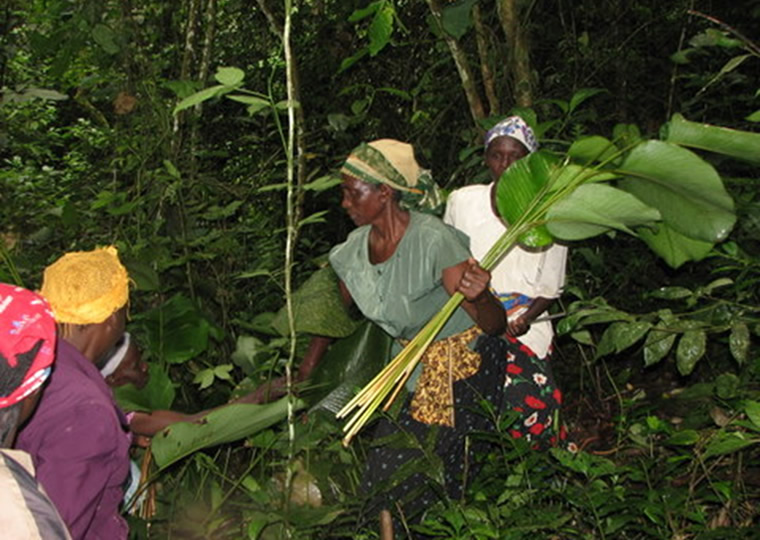“We have lived with the wildlife since time immemorial. You were not here and yet we spared the forest. How come you are now the ones giving us instructions on how to conserve it?” This is one of the many challenging questions conservation managers have to face when dealing with communities neighboring conservation areas.
While the motivation for conservation of wildlife may seem quite obvious to many of us, they are not always the reasons that resonate with local communities. For example in the case of Bwindi Impenetrable National Park, the mountain gorillas and the big numbers of endemic species of wildlife in the park is perhaps a major motivation for conservation. For surrounding communities however, the motivations for conservation range from preserving of sacred worship sites in the park to having restricted hunting grounds for some species, and upholding the value of certain species for ornamental and fetish purposes.
Many local communities still hold negative perceptions about official protected areas. They complain that the wild animals compete with their livestock for scarce grazing and water resources. Aside that is the risk of transmitting diseases to their livestock, frightening and harming them, and destroying their crops among other complaints. They also consider protected areas as land grabbed from them without having anything in return. Despite efforts by conservation managers to counter such perceptions through conservation education programs and revenue sharing protocols, very little seems to be of result.
Under the Multiple Use Program, communities are allowed restricted resource use harvest from some Uganda national parks.
An example of interventions put in place by the Uganda Wildlife Authority (UWA) working with conservation NGOs (like CARE) and the local communities was the buffalo wall set up in Mgahinga Gorilla National Park in a bid to stop crop raiding by wild animals from the park. However, unscrupulous community members purportedly had sections of the walls strategically brought down in order to cunningly seduce wild animals out of the park into their crop gardens. The unsuspecting wild animals (buffaloes, bush bucks etc) would then cross from the park to crop raid, only to be ensnared for a feast by the community members. Well invented. Isn’t it? Albeit, the same community members will complain about recurrent crop-raiding by the other (not worthy to hunt) animals and blow the coals live for compensation from the park managers.

Indisputably, by using indigenous mechanisms these communities have been able to conserve wildlife from ages immemorial, times when the present-day “new-fashion” conservationist was not anywhere in their vicinity.
What is the way forward then, when the local population believes that they are being denied what was freely theirs?
Conservation managers ought to realize that the local people must be considered and fully involved in the planning, management and utilization of wildlife resources if there is any hope to be for ecological stability of protected areas and sustainable socio-economic development of the local communities. Manager should therefore consider the use of integrated protective measures with a bias towards local people participatory approach. With both local and international support, intensive community conservation should be emphasized for the tangible benefit of the local people.
Nonetheless it worth noting that although such initiatives are being implemented by protected area management and conservation organizations, their methods, policies and attitudes (towards the local communities) often leave a lot to be desired with only flyspeck results on ground. Unless there is a total revision in the way this is done, local communities shall always seem as a burden rather than partners in conservation.
Let me know if you have any ideas.


